|
This year I’ve gradually been transitioning back into my role of being a tutor on the Diploma in Applied Permaculture Design. It’s work I haven’t been well enough to do over the past few years and I’m feeling really excited to be part of such a great programme and community again.
Over the summer I spent time designing illustrations for the new Diploma website (designed and launched for the new 2020 system), which was a lovely creative way to start being connected. I then undertook the online training to became an assessment level tutor, meaning I can now work alongside apprentices through every stage of their Diploma journey. Through the training, several other Diploma tutors in the north of England and myself, decided to create a regional, day-long gathering for anyone involoved in the Diploma in the area, initially to be an online event, and then hopefully to be an “in person” event as the pandemic conditions allow. We hosted the first of these gatherings last week and it was a really motivating event. We opened the gathering up to any Diploma apprentices and tutors who wanted to attend, with the aim of sharing the design, to inspire others to create other regional events. About 40 people joined in sessions about; documenting designs, ‘getting unstuck’, a review of the assessment criteria, design shares and time/space for everyone to be able to introduce themselves. Our northern England tutor guild is just about to arrange our gathering evaluation online meet up but we are already pretty sure there will be more similar events to happen. I also facilitated my first tutorial in the new system last month and am looking forward to gradually accepting other apprentices over the next few months. You can check out my tutor profile on the Diploma in Applied Permaculture Design website and get to know more about me and my permaculture interests by having a general nosey round my own website. Please feel free to contact me if you have any questions about my tutor work.
0 Comments
I am a palliative care nurse and permaculture educator with a spiritual self which is deeply rooted in Earth-based seasons and patterns. Issues relating to death and dying are intrinsic to most aspects of my life. Several years ago, I started exploring how permaculture can improve how we die in the UK and in many parts of the world. Central to this was the fact that “Dying with dignity” appears in Holmgren’s Permaculture Flower, and generated many interesting discussions in my peer groups within the permaculture community. This eventually resulted in the launch of my permaculture project: Creative Dying, a free online resource. Death and Dying in the UK In the UK and in many other parts of the world. Death and dying is still a very difficult, taboo topic, cloaked in the fear and unknown. The way in which many of us die at present in the UK is at odds with permaculture principles and ethics. People do not often get the death they would like, many needlessly dying in hospital experiencing unnecessary and distressing procedures, tests and treatment, away from their home, with resulting feelings of confusion and lack of control. Inequalities around whether a person is enabled to make decisions about what they would want for their end of life and care after death are huge – age, disease type, social class, sexuality, race, mental health, with very real consequences about whether someone then has a ‘good death.’ In my experience, fear, distress and lack of control about how we die can often mean life time effects on emotional and physical health to those left behind, due to complex bereavement. The environmental impacts of how we die are also very significant. – from the resources needed for end of life care in hospital, to the damaging actions of many aspects of the funeral/after death industry, - embalming, cremation, coffin materials - and financial affordability (the average cost of a funeral in the UK in 2018 was £3500 for a cremation, and nearly £4300 for a burial ) My experience in the permaculture community is that even within groups of people who are very knowledgeable, empowered and solutions focused about other aspects of their lives are reluctant to talk about how their end of life might be. So, what can permaculture offer as a way solutions focused way forward? Before We Die People who talk about and plan for their death, tend to have a much better experience of death, and those around them : - family, friends and community - then go on to have a more open and positive attitude towards death, loss and supporting others as they approach death. Planning for what we want to happen as we die and after our death is much easier to do when we are well, than waiting until we are unwell and perhaps too poorly to make decisions. There is a much greater chance that End of Life wants and wishes will happen if we have a plan, and others close to us, are aware of those plans. Ways to start talking about death and dying, and making plans include:-
As We Die If we had some control (most people, with the right support, do), what would we want our death to look like? Where would we want to be (if possible?) Who would we want to be there? What support would we need and want? One exciting and rapidly growing role is that of a Death Doula – non-medical people who are trained to be alongside terminally ill people and support those close to them, at the end of their life. There are several places in the UK where Death Doula training is available now and the numbers of people working in this sphere is spreading steadily. Obviously we cannot all predict how we die and for some we might not be able to achieve the ideal death we hoped for ourselves. It can be useful to have a ‘plan B’. For example, if you were to die in hospital, who would you want to be there? What kind of medical/nursing intervention would you want? What possessions, music, art would you want to surround you from home? After We Die What do we want to happen to our bodies after we die? How do we want our life to be remembered and celebrated? With our present systems of after death care in the UK, many people can feel frustrated, and let down, with their experience of grief deepened, as after death care activities carried out by health care professionals and then practitioners in the funeral industry can feel impersonal and profoundly disconnected from the identity of the person who has died. In addition, the financial cost of much of this is beyond the reach of an ever increasing number of people. There is no legal obligation to use a funeral director for after death care in the UK – though if you choose to do so, there are some wonderful Funeral Director and celebrant businesses who can ensure the whole process is as in keeping with the life of the person who has died as possible. In addition wherever we die, we can choose to have friends and families take care of us (wash, change clothing . Making this request known to health care staff involved can mean this is more likely to happen In the UK one of the most Earth regenerating ways to care for the body of someone who has died, is burial, where the body is wrapped/contained in a locally sources biodegradable material, in a geographical location where other life can benefit from the nutrients released by our decomposing corpse. (I’m currently knitting a cover from UK grown wool – which will be used a blanket, for hopefully many years, then my plan is my body will be wrapped in it before I am buried as close as possible to the place where I spend my final weeks of life.) Organised Woodland Burial sites are the most obvious choice of location., but there are other perfectly legal options. Globally there are some great projects emerging looking at ways of increasing Earth Care with relation to what happens to our bodies after we die. These include:- Recompose - transforms bodies into soil so that we can grow new life after we die. The Living Urn – growing trees from human ash Ecoffins - environmentally friendly coffins and caskets Conclusions Permaculture design offers us many answers to how we can improve an experience we all face, and which connects every living being and system on our beautiful planet. Opening up conversations, exploring fears, empowering ourselves with knowledge and support and then making documented plans are all very real ways of ensuring we work towards Earth Care, People Care and Fair Shares as we die. Resources In this article I have provided an overview about how permaculture design can help with way we die, which will hopefully engage a much bigger conversation. The following resources can help you to explore this topic further. As part of Creative Dying, my own project exploring how permaculture can improve how we die, I have a regularly updated page sharing many online, in real life and print resources. Go to Creative Dying for lots more information and ideas about using permaculture to improve how we die. Other (UK focused) favourite key online resources of mine are Natural Death Society Dying Matters Power of Attorney Compassionate Communities Soul Midwives For those people who use social media as a way of connecting and learning new knowledge, there is a wonderful diverse community of people globally working word to raise the profile of improving attitude and experience of death, dying and bereavement. The hashtag often used to link this work is #deathpositive. Finally – I would like to acknowledge the potential for triggering difficult feelings relating to loss and bereavement that people may experience through reading this article. These reactions are totally understandable and healthy. Many of us have experienced events where grief has been ongoing and complex. If this has happened for you then giving yourself to engage in activities which for you can provide the support you need is very much ok. If you find that you are needing something more than your usual emotional support tools then I can recommend the following links as first steps What’s Your Grief Cruse Bereavement Care An earlier version of this article "The Art of Dying Creatively" was also published in Permaculture Magazine (Autumn No 93) Some ideas for improving access to nature connection if you or someone you are close to has an illness or disability, meaning they find it difficult to be outdoors. Studies over the last few years have consistently demonstrated that being in nature is beneficial for both our physical and emotional health. From my own observations, I would also add that for many people connecting with the other living parts of Earth also brings increased levels of wellbeing to both the spiritual and social aspects of our lives too. In my work as a palliative care nurse and as an unpaid Carer of several family members I have witnessed many instances where being able to be creative about how to connect with nature can positively influence the quality of life for people who are too unwell or disabled spend time outside on a regular basis. Over the past year I have become very unwell and currently spend most of my time in bed. This has given me a great opportunity to reflect further about how poorly and disabled people who for whatever reasons find being outside challenging, can benefit from nature connection. These are some of the ideas I have collated. Most of which I use in my own life too.
Being aware of any sadness, grief or loss you feel about not being able to connect with nature outdoors. Even just reading this short article may generate difficult emotions. And that’s ok. I’ve found that talking it through with someone close to you or writing, drawing or any other creative expression can really help, as do other ideas mentioned here. As well as hopefully providing some useful ideas relating to nature connection and immersion, an additional function of this article is to inspire further discussion about the urgent need for permaculture practitioners to address issues of privilege in accessing permaculture. Resources There are a huge diverse number of resources relating to the ideas I have written about in this article. If you need some extra inspiration or a starting point. Here are some of my current favourites. Dave Jackson Aromatherapist Writing by Flo Scott – Flo has written a number of articles in Permaculture Magazine and also has her own blog at http://permaculturedesigner.co.uk – In particular check out Flo’s most recent post “Top 5 things to do in an Indoor Garden” BBC Radio programmes – all of the following are available as podcasts (or on iplayer for those in the UK) Gardeners Question Time Open Country Tweet Of the Week Ramblings Alice Fowler’s regular column in The Guardian newspaper Plus books and YouTube films by Alys Permaculture Magazine – available via paper or digital subscription plus lots of free content Lots of fantastic books at Green Shopping One of my current favourite books from Green Shopping, including many, many gorgeous photos, is No Dig Organic Home and Garden by Charles Dowding and Stephanie Hafferty ‘She Explores’ podcast Facebook Group - I have recently created a Facebook Group ”Permaculture, Chronic illness and Disability” for anyone with an interest in the topic to join. There is already a very friendly and solutions focused culture emerging there, so please come along and join in if you are interested.
Hi again. Last month I wrote about my decision to commence a new chapter of my life and work as a Permaculture Practitioner, while living with a chronic illness. You can read that post here And so in today's post I am going to share with you some of the tools inspired by permaculture, which I am currently using to thrive and grow, both personally, and within my work. Some of the images shared are purposefully blurred or left in a format where it is difficult to read the details. Using the permaculture principle "Design from Patterns To Details", this is mainly because the actual content isn't really relevant to anyone but me. Though you may well find the design patterns I have shared could well be adapted easily to help your own life design. In July last year, several months after I had become very unwell, I was diagnosed with Myalgic Encephalomyelitis. (M.E.) - at the time I was really shocked and scared by this news, and by the reality about how my life was probably going to be changed for the time being. I know from my past designing experience that The Design Web by Looby Macnamara, is a really useful design process for managing and then thriving with, life changing events. So, in the weeks following my diagnosis, I spent some time exploring the new and very daunting situation I found myself in, by focusing on each of the anchor points, and then more time looking at how the process of the Design Web as a whole, could assist me. From this process emerged my "Daily Tool Box" and also my new annual Focus Word for 2018 - "Creativity" Utilising The Design Web in this way has been invaluable in how I have coped and thrived with such a disabling illness. I plan to evaluate and review this design in a few weeks time at the Spring Equinox, connecting to the energy of balance demonstrated, as our light and dark times become equal. In December of 2017, my Design Web activities were working well for me, in terms of my emotional and spiritual wellbeing, and I started to think about how I could carry on my work as a Permaculture Practitioner while living with an illness in which my physical and cognitive functioning was very much reduced compared to the year before.
A connection with pomegranates growing locally to us at the time (and which I love to eat), gave me the inspiration I needed to get some of my many ideas into a realistically achievable design format. Zoning is a tool often used in land based designing to help decide where to place the various systems and elements of a design. Zone 0- 1 being the area we observe and or visit on a very regular basis, and then through to higher numbered Zones which are visited much less frequently. The main aim being that the parts of a design needing lots of attention or use, (for example herb and salad crops, composting bin), are placed in a Zone nearest to the humans involved, and parts needing less frequent human attention, (for example coppicing for firewood), are placed in Zone 4 or 5. In my design here I used Zoning to create a plan for how I could engage and connect with my permaculture interests, and within the limits my new living reality had created. At Zone 0 for each topic I have structured or "wild" thinking time about a subject. And then through to Zone 4, organising low key community 'in real life' or online events, which although feels quite impossible now, could be a realistic aim and hope to have over the next year. My Daily Tool Box and Zones Table are placed in an easily observed area near to my bed, (where I spend 95% of my time just now), and so, (in the spirit of zoning), I am reminded of their applied usefulness many times a day. And as a result are already becoming an exciting and core part of my life so far in 2018. Hello!
It’s been a long, long time since I have shared anything here in the hub of Kt Shepherd Permaculture. Throughout 2017 I had increasing and rapid problems with my health, resulting in being diagnosed with Severe Myalgic Encephalomyelitis, (M.E.), in July. I had been unable to do any work, (either nursing or permaculture), since May. And once I knew what was wrong with me I needed to put all my precious energy into figuring out how I was going to survive and get better from, this new and very disabled place I found myself in. I pinned notices on my website, saying I would be away from my work, until my health improved I have learnt over this time about the many levels of complexity - physically, socially, politically, emotionally, spiritually - that is the reality and experience of M.E. I’m not going to use this space to focus on my illness. There is a huge amount of online information out there about these aspects of M.E. Two of my favourite resources I can recommend to learn more, are Unrest, (a powerful, beautiful film released in the months following my own diagnosis. And, the Phoenix Rising Website. Towards the end of last year, I remained very physically unwell, in bed for over twenty hours a day, (on good days). But cognitively I had improved and I had started longing for more connection with my permaculture work again. I made the decision to accept the experience of the new reality I found myself in, instead of putting 100% of my time and energy into finding a ‘cure’. All I have learnt about M.E. suggests to me that I could well live in the low functioning state I am in for many more months, maybe years. I want that time to be as great as possible. As soon as I made the choice to design a way of returning to my permaculture work, I felt an emotional and spiritual weight lift. It felt more empowered and optimistic than I had for a long, long time. So here I am. Initially I’m planning on creating short, regular posts, explaining how I have used permaculture design ethics, tools and principles to ensure I thrive as much as possible while living with and healing from a chronic illness. Watch this space Yesterday I had my first go at making "cheese" from nuts, (in this case, almonds from last years harvest here in our garden in Spain). Its been a food I've been thinking about making for a while and a quick Google search demonstrates making nut cheese is something that a lot of other folks are doing too! - I used a few ideas from others and added in some of my own for good measure. So here is the finished result this morning ...and now, how I went about it For a small cereal type bowl of finished cheese I soaked about 40 almonds for 24 hours in slightly salted water - I then rinsed them, and blended them with just enough water to cover, the juice of one large lemon and 2 cloves of garlic The mix was then placed in a sieve over a bowl and left in the fridge to drain for another 16 hours - chopped mint, parsley and chilli, along with salt, were added and mixed in well.
The result, a 'cream cheese' consistency and mild nutty gorgeous tasting cheese to use as a topping, filling or spread. Using a cheese cloth and pressure could produce a firmer cheese, taking the skins off the nuts would give a more 'cheese' colour, and adding an additional lemon would give a further 'tang' Earth Care - all the ingredients were grown in our garden with very little input Fair Shares - I think a lot of my friends would also like this yummy addition to a reduced dairy/vegan diet People Care - so many beneficial nutrients from the ingredients used. Ticks a big box in a plant based protein diet. These events have sadly been cancelled for this year. Hoping to run some similar days in 2018 I'm really pleased to announce a programme of (Yorkshire) Dales Diploma Days over the next few months, for anyone doing the Diploma in Applied Permaculture Design. These will take place at two different locations on a variety of days, with the aim of being as accessible to as many Diploma apprentices in the area as possible. The functions of the Dales Diploma Days are:- * To provide a space to focus on getting some design documentation completed, (both venues have great internet access). * To meet with other apprentices - guild/peer support time. * The opportunity to have a tutorial with me. * Visit a great venue. * It's possible to video link to either of venues (Skype, Facetime etc) for guild time or a tutorial. You are welcome to either attend the whole day or just turn up for an hour or two Those Plant People is a LAND centre in the village of Steeton in between Keighley and Skipton. We have access to a fab classroom there. Settle Community and Business Hub is a wonderful new community project in the centre of Settle, a small market town in the heart of the Dales. There is a 'Pay as you feel' (suggest £5-10) request to cover the hire of the venue, hot drinks etc. Any tutorials are at the usual Permaculture Association set rate of £30/hr (or part of your existing route fee if I am your personal tutor) For more details about my role as a tutor click here The following dates for 2017 have been confirmed. Please get in touch with me if you are thinking of coming along or would like further details. March 2017 - I have decided to stop undertaking any further interviews for Healing Agriculture, so I can focus on other permaculture work and designs.
Healing Agriculture was a core part of my learning and development throughout my Diploma in Applied Permaculture Design and I have gained so much pleasure, knowledge and inspiration from the people I interviewed, and the regenerative farming projects they designed. I hope you continue to be inspired by the wonderful diverse range of Land and People featured here. I will continue to share related information on social media via the Healing Agriculture Facebook Page and Twitter account. If you would like your own project to be featured in similar collections and connections of permaculture designs and people, then I can recommend Daniel Tyrkiel's podcast project. http://danieltyrkiel.co.uk/podcast/ About Healing Agriculture Through creating Healing Agriculture I aim to profile and give a voice to the many people working in broad scale agriculture in Europe, aiming for ‘beyond sustainability,’ using the ethics of Earth Care, People Care and Fair Share in their farming work and lives. Across the planet, how we produce our food is killing our amazing Earth and all who live on her. In a very short space of time conventional agricultural practices have caused destruction on a horrific scale. On a daily basis the media informs us of the widespread harm and bleak future we all face because of our Governments’ and personal actions. However, there are people throughout the land who are working incredible hard on many different scales to change this. For some time I have thought about a way of being able to share to a wide audience the extent and depth of this way of farming in Europe. The main goals of Healing Agriculture are - * To raise public awareness about the very positive aspects of food production on a broad scale (sites bigger than 1 acre) throughout Europe. * To build connections between farmers and projects who are using different design tools - RegenAG, Holistic Management, Permaculture - to undertake this restorative way of growing our food. This time last year I wrote a post about how we had started to implement a design to improve the fertility and water retaining properties of the soil in our garden in Andalucia. Over the year we have already noticed a big difference in the structure of the soil and water retention in the areas we treated. This year, as planned, we decided to chip the fresh almond tree prunnings as they happened. These then included lots of leaves which added an increased nitrogen concentration to the chips. Like many topics in permaculture design there is an ongoing healthy discussion about the pros verses the cons of using woodchip as a mulch to improve soil. Rather than discuss these here, I have linked to some of the main points in other articles, at the end of this post. Our observations had indicated that here using wood chip as a mulch was likely to be beneficial and worth including as part of our soil design. After several weeks of sitting in a heap, being exposed to both heavy rainfall and warm sun, the chips had started to heat up and the inner area already had lots of evidence of fungal activity commencing. The beds we are building to grow lots of annual edible plants, were either mulched with a layer of goat manure or overwintered beans last year, which meant that they will tolerate the big spike of carbon the wood chips will initially bring, much more effectively. A deep layer of the beautiful chipped mixture was added to all the beds from last year, and as a mulch around the trees planted over the last 2 years too. Im going to be closely observing the areas mulched over the next year to analyse the immediate effects of the almond wood chip/leaf mix. I'll also be comparing the health and growth of the same species and varieties of annual edible plants: - planted 1) in the wood chipped mulched areas, 2) areas which had manure only added (last year) and 3) in areas of the garden where we have not changed the soil at all yet. I've read some great accessible articles about the use of wood chip in edible gardens, both benefits and possible challenges - some of my favourite ones are listed below Building garden soil with wood mulch - Mother Earth News Woodchips- the secrets to effortless, inexpensive biodynamic gardening - Mercola 5 things you should know about wood chip mulch - Reformation Acres Mulches and mulching - Royal Horticultural Society Why we should use woodchips better - The Telegraph 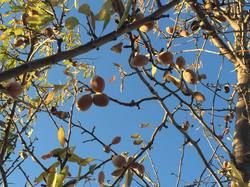 So, today I'm pleased to be able to co-ordinate some time to write, with it being the correct day to write about #ThreeThingsThursday. You can read more about this regular day of appreciation and gratitude here #1 - This week I was part of a fab group of people in my local community in Spain, who got together to chat about composting toilets! We met at Trinity and Paul's home, who are keen have a composting loo as part of their guest facilities. As a group we came up with hopefully what will be a great design for them. I'll hopefully be writing more about the compost loo here as the design progresses! We also got to see some of the beautiful permaculture inspired garden design work, Clair, another friend, had been undertaking on the land. #2 - Its been the second week of my annual leave from my nursing work, and I've really enjoyed spending many hours of each day sat in the sun reading books and hanging out with my furry family! #3 - bean, cucumber, courgette and squash seeds sown last week are already starting to make a very welcome appearance for the edible garden here in Spain
|
my blogregular updates and reflections about the permaculture designs in my life archives
December 2020
categories
All
|
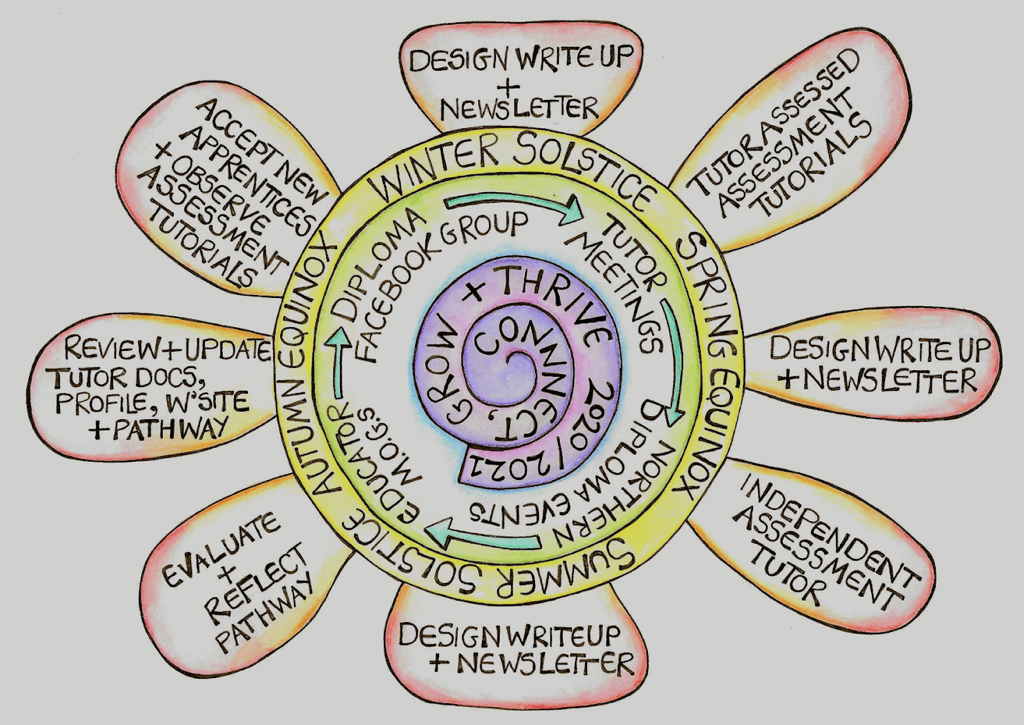
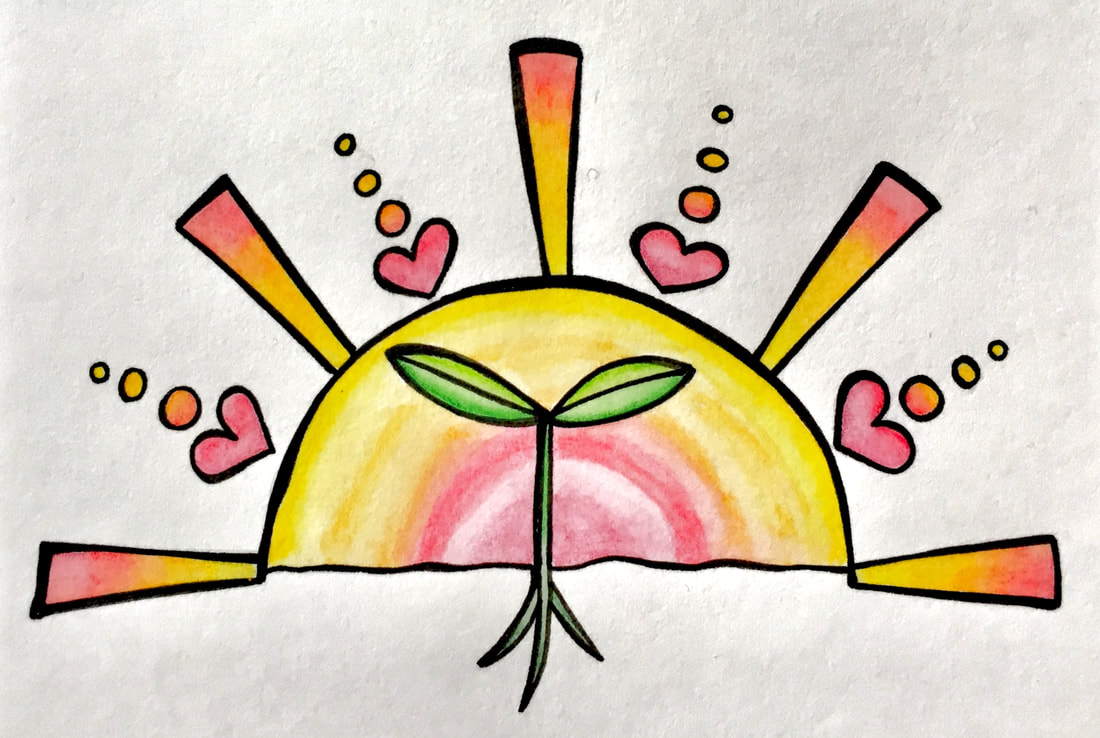
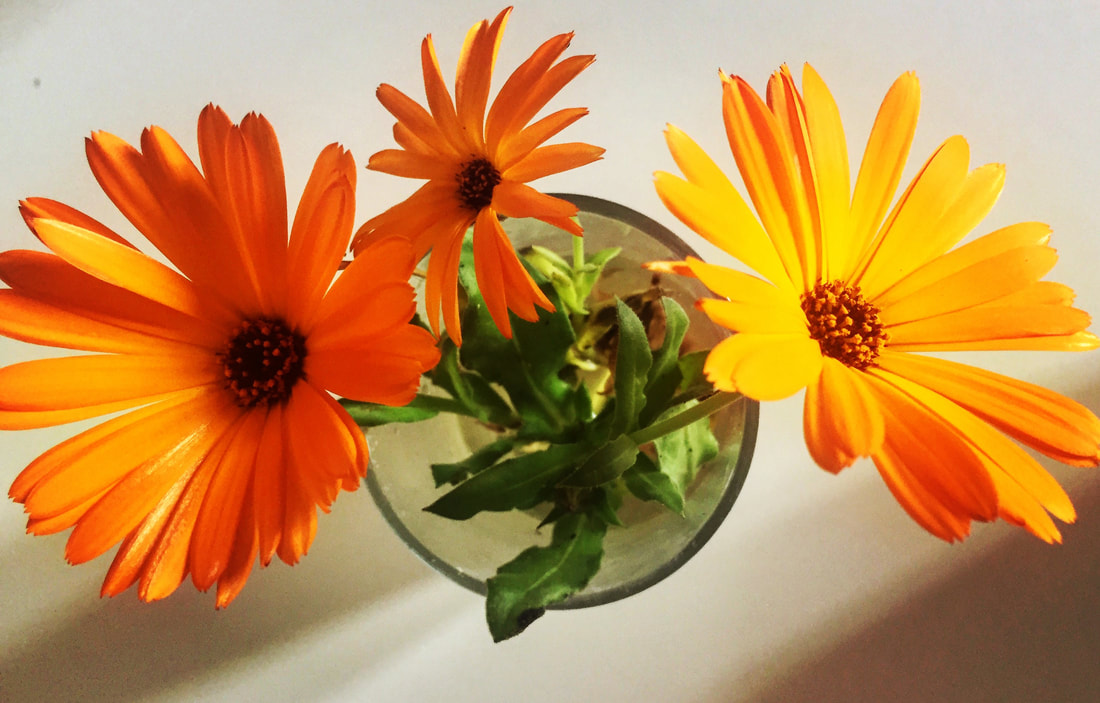
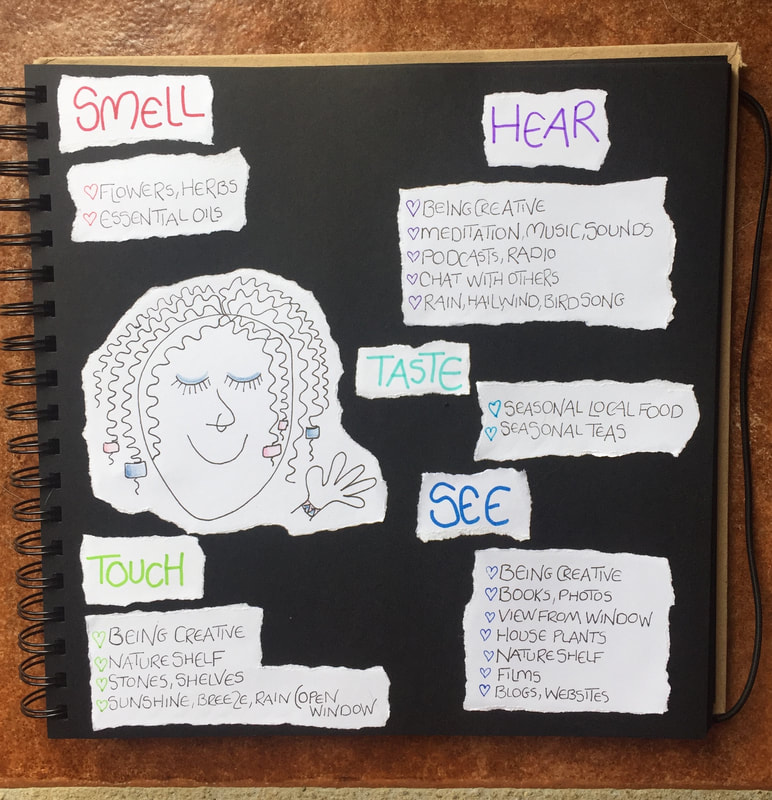
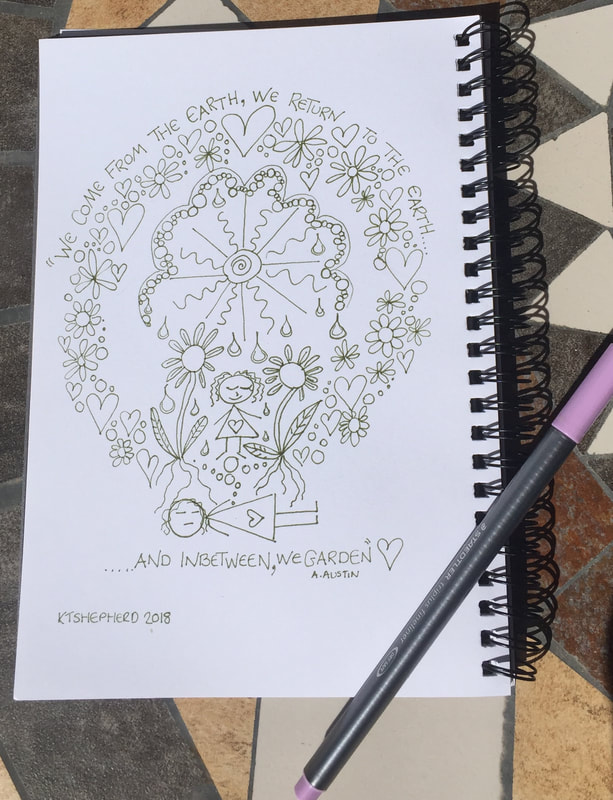
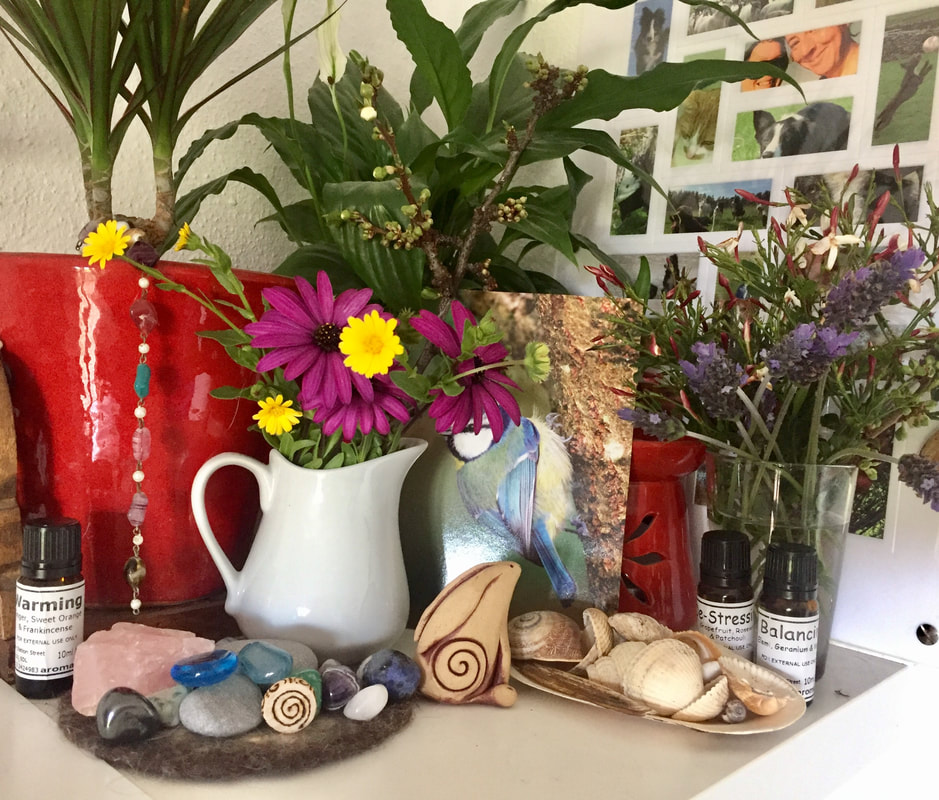
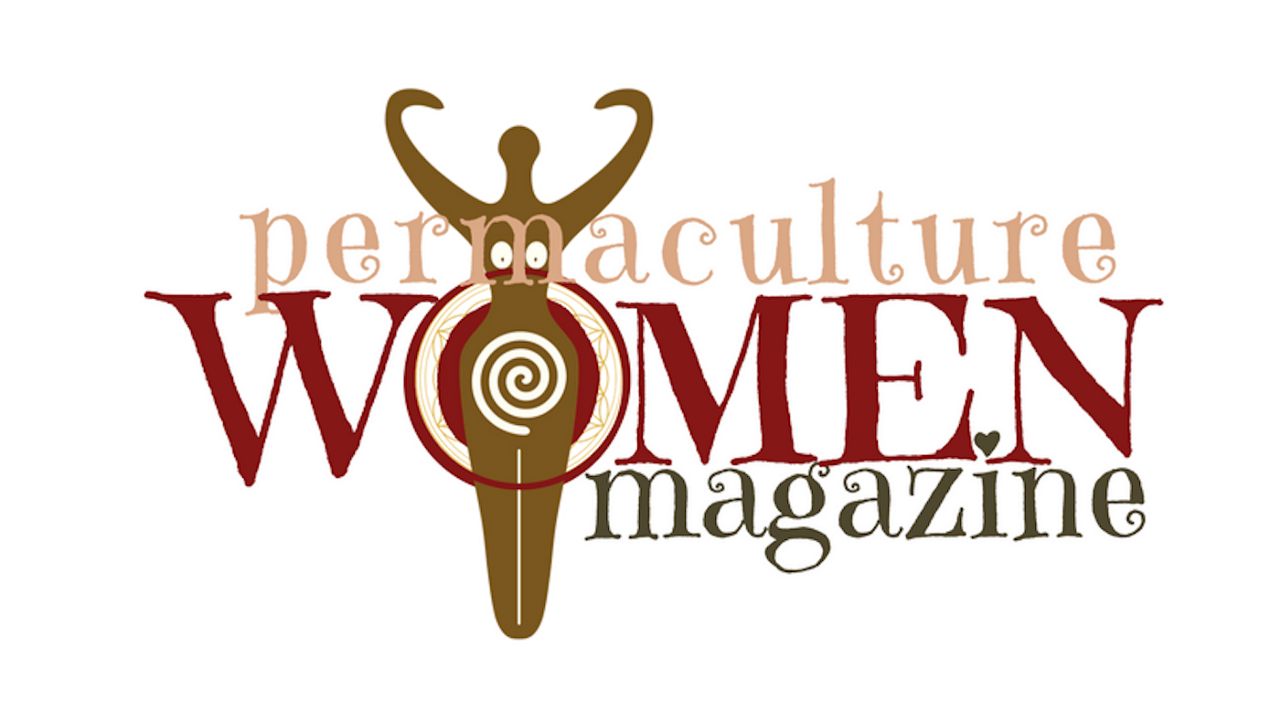
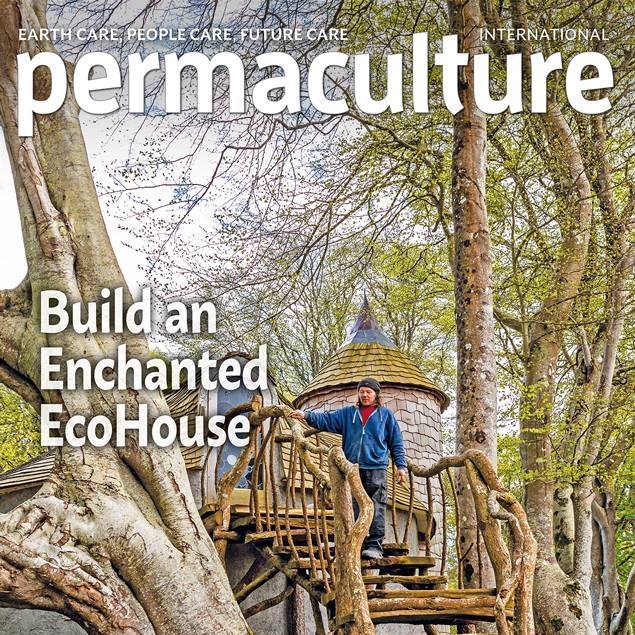
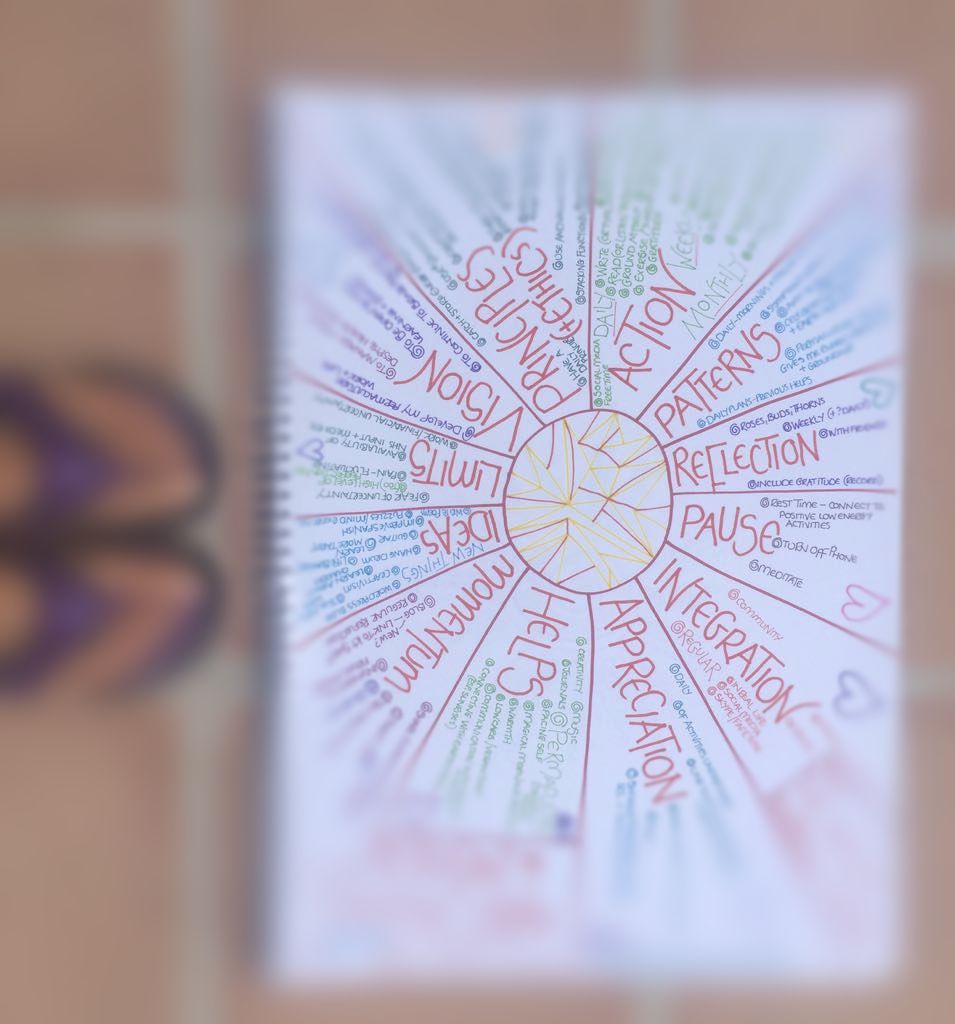
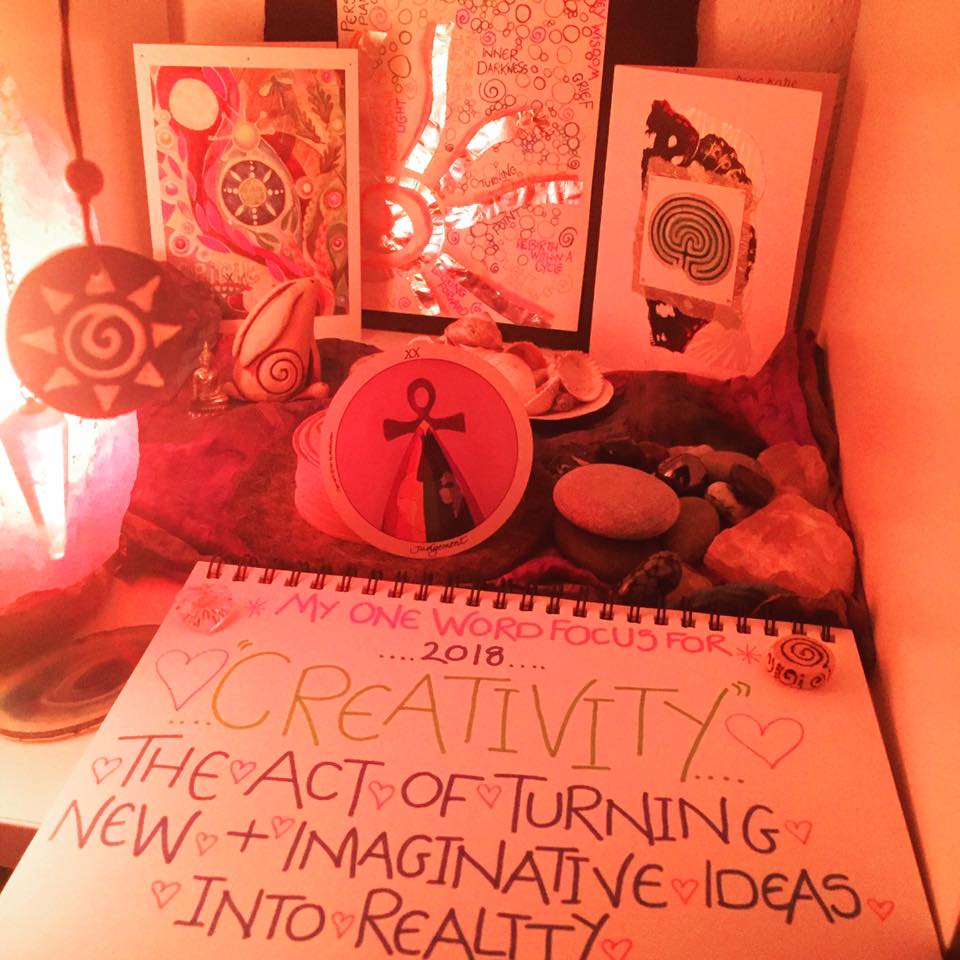
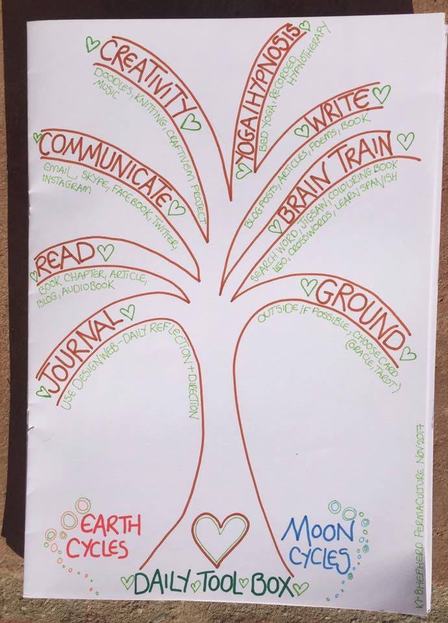
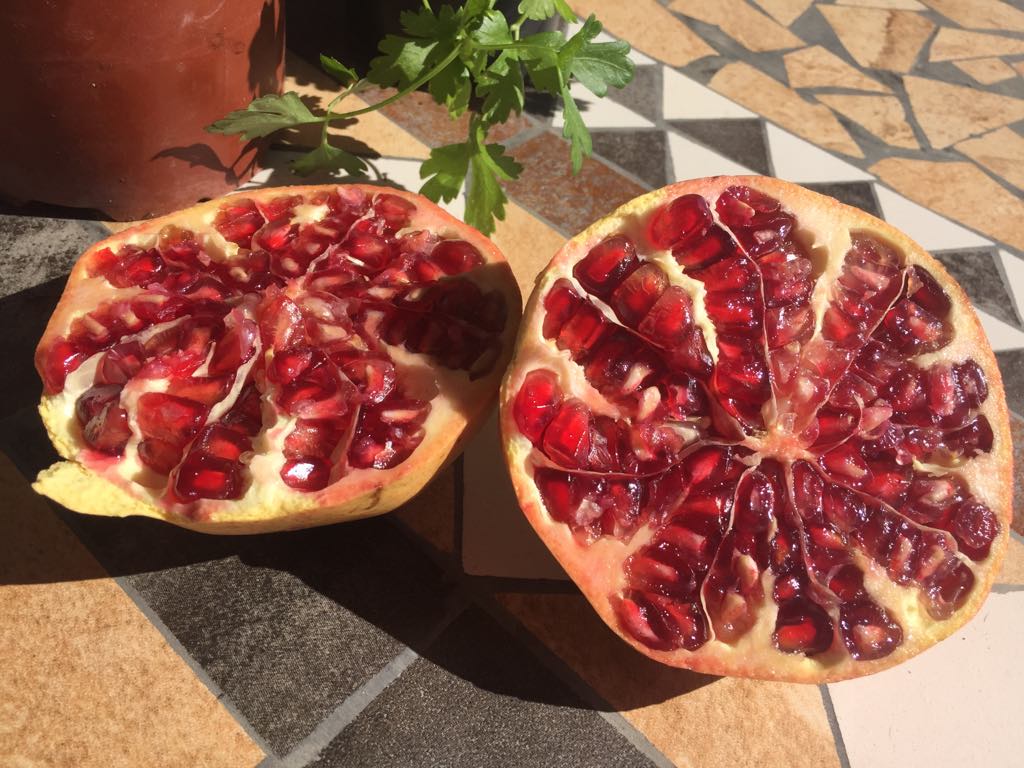
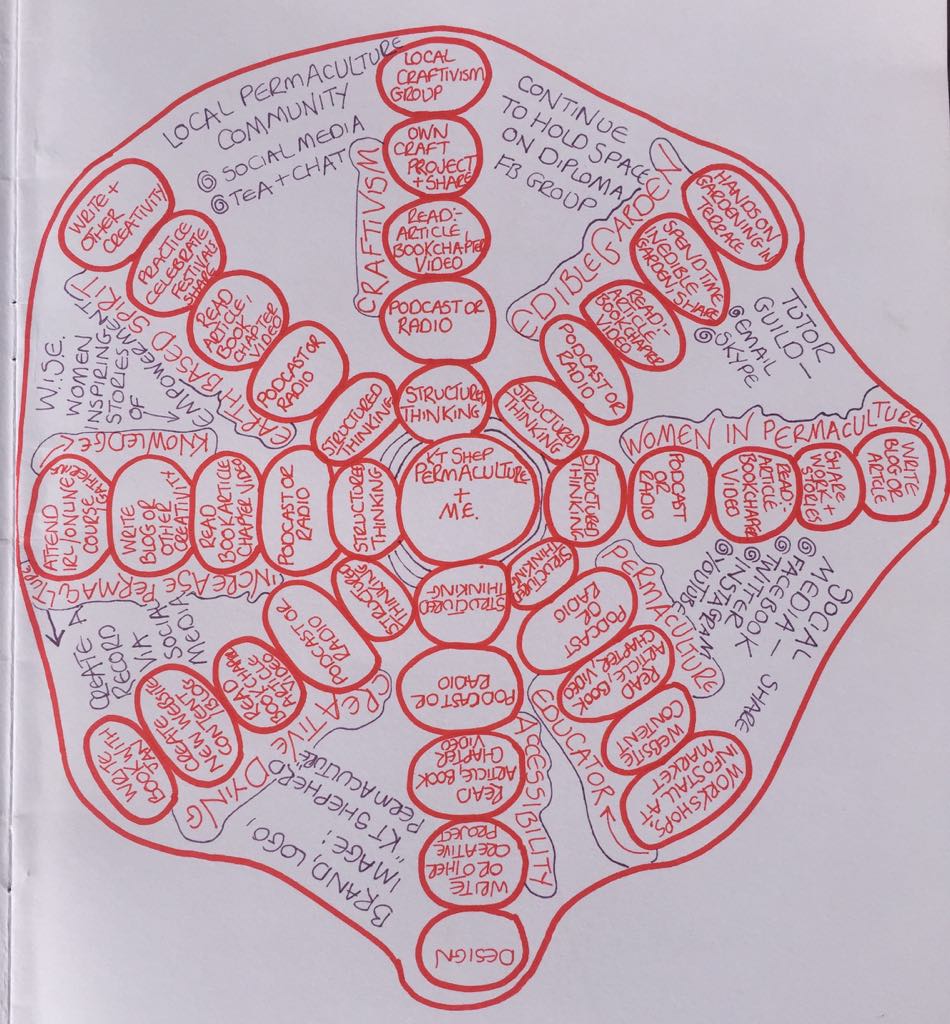
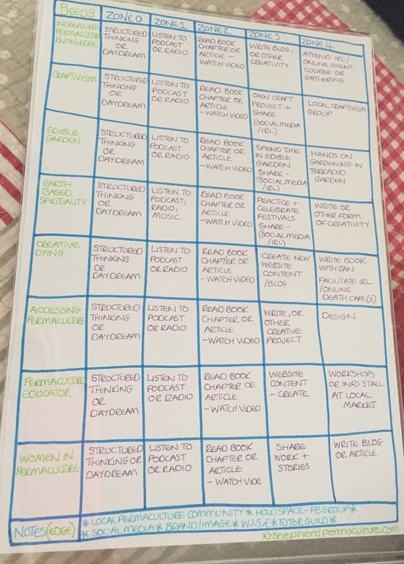

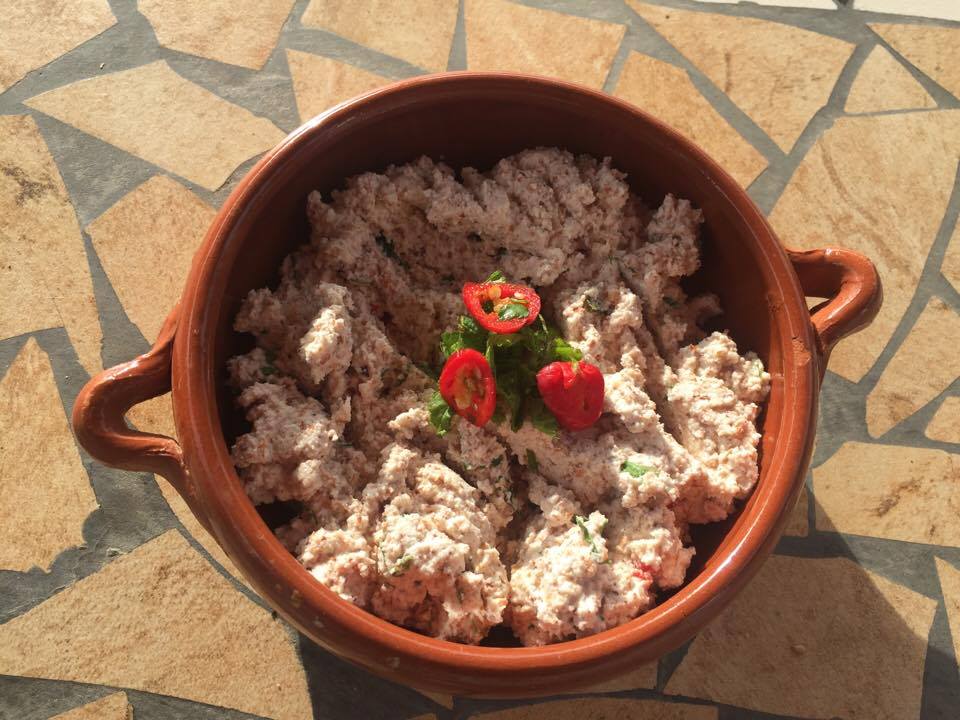
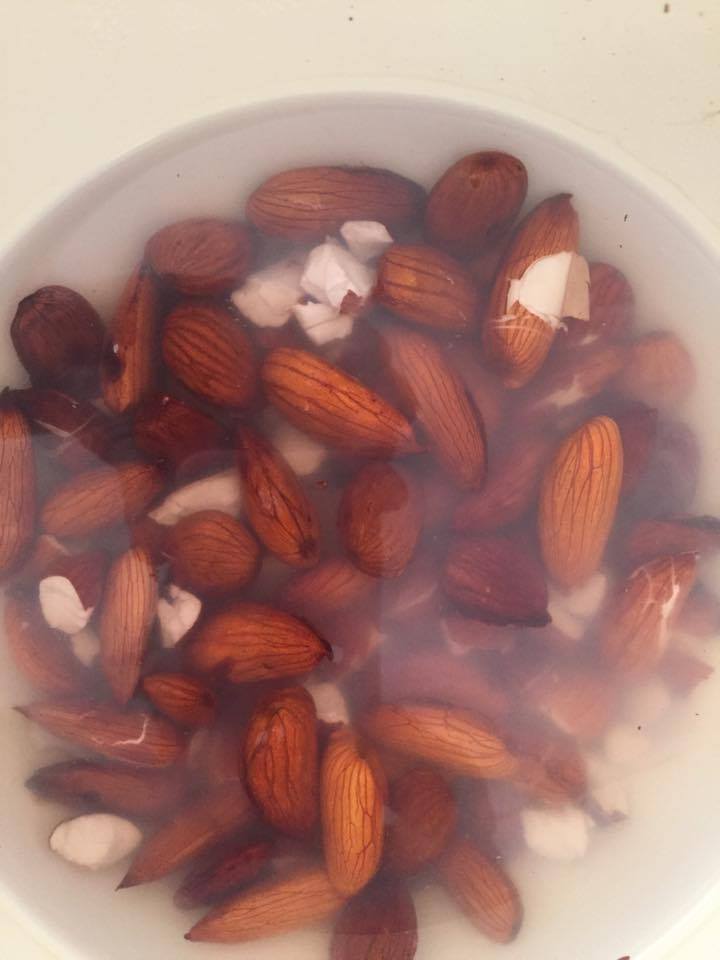
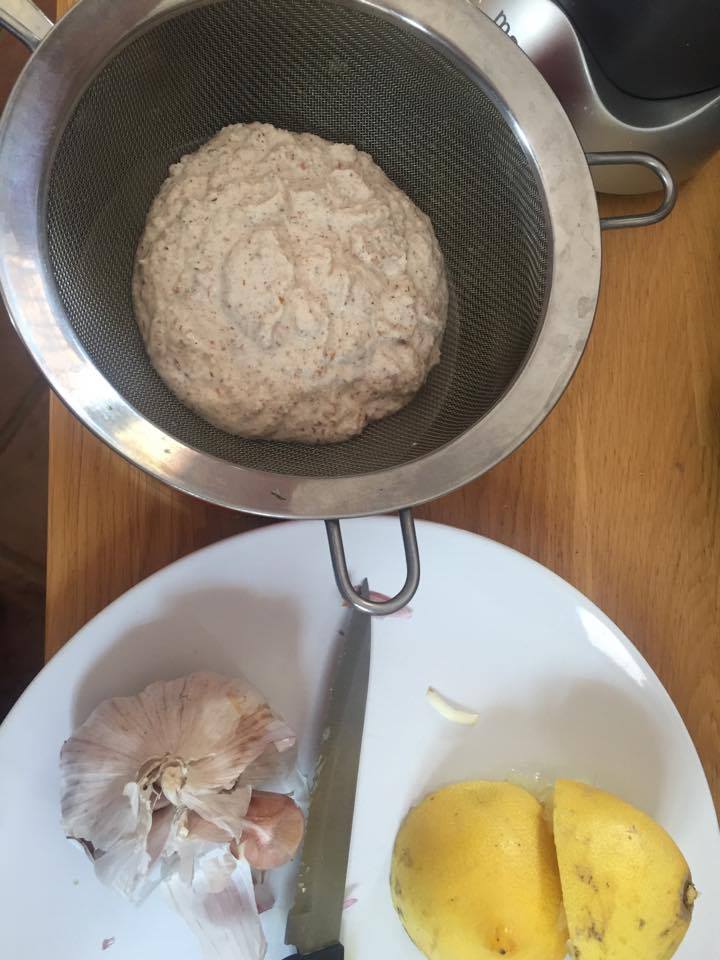
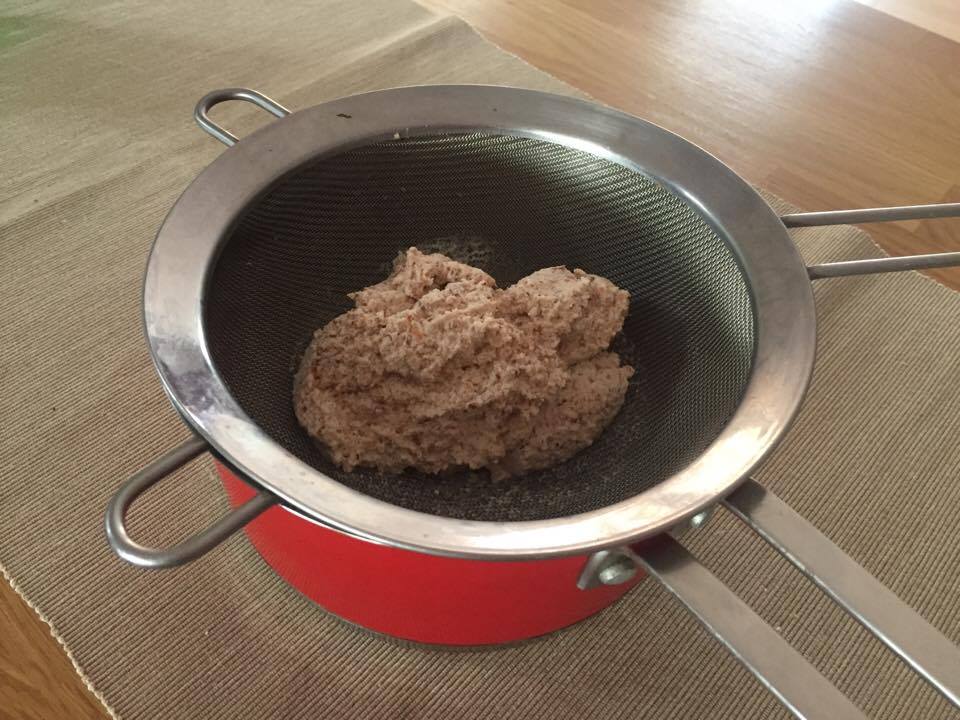
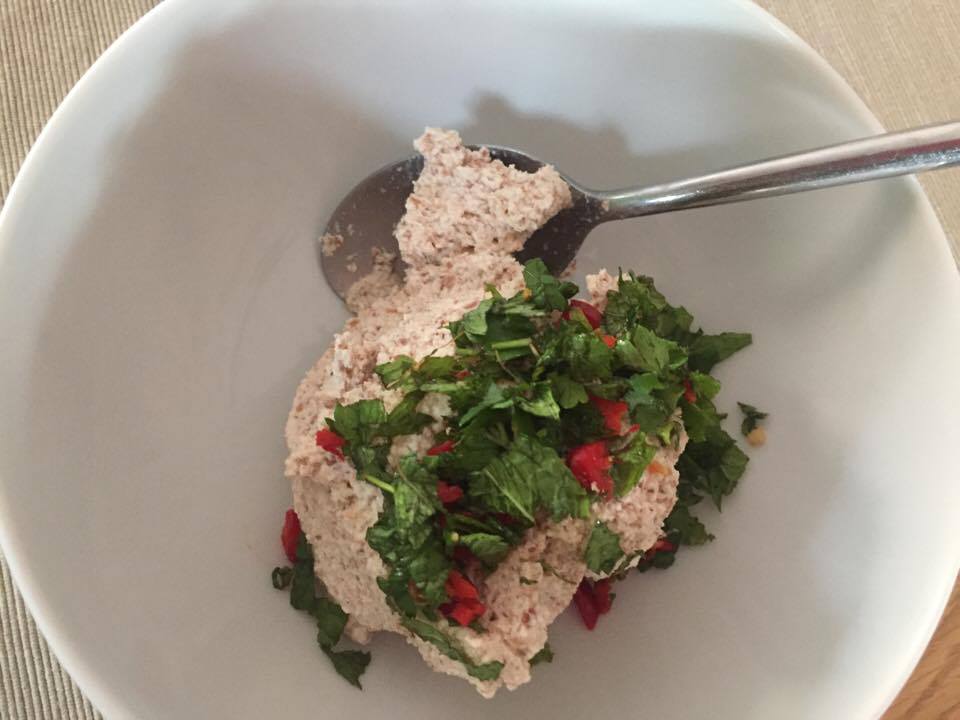
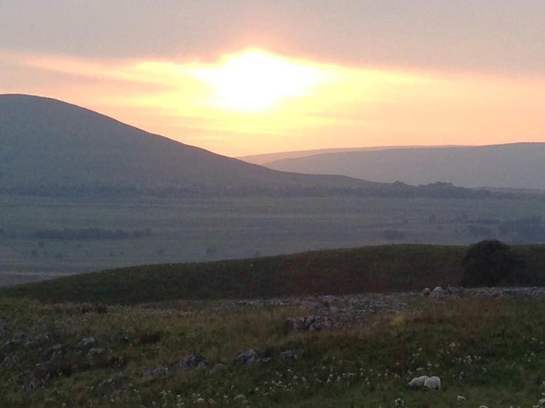
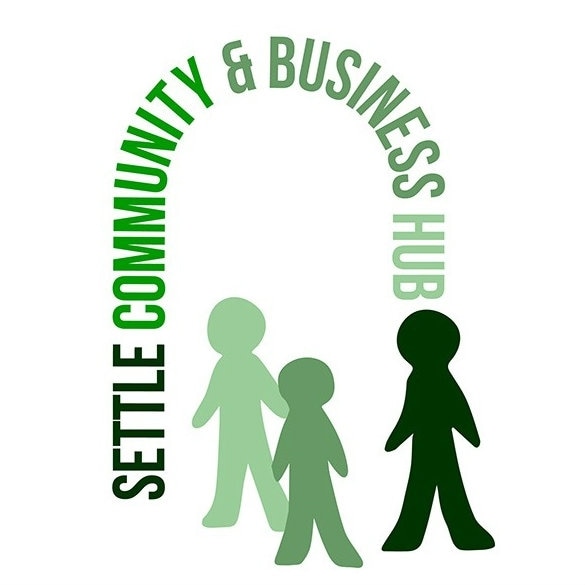

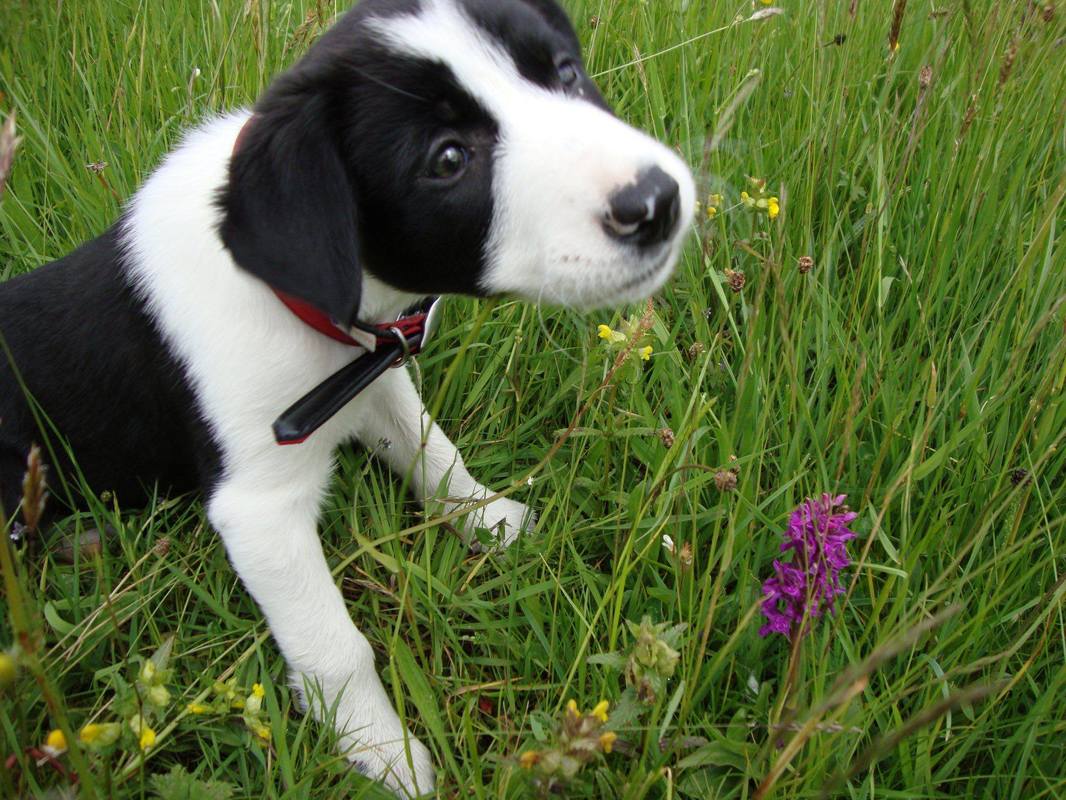
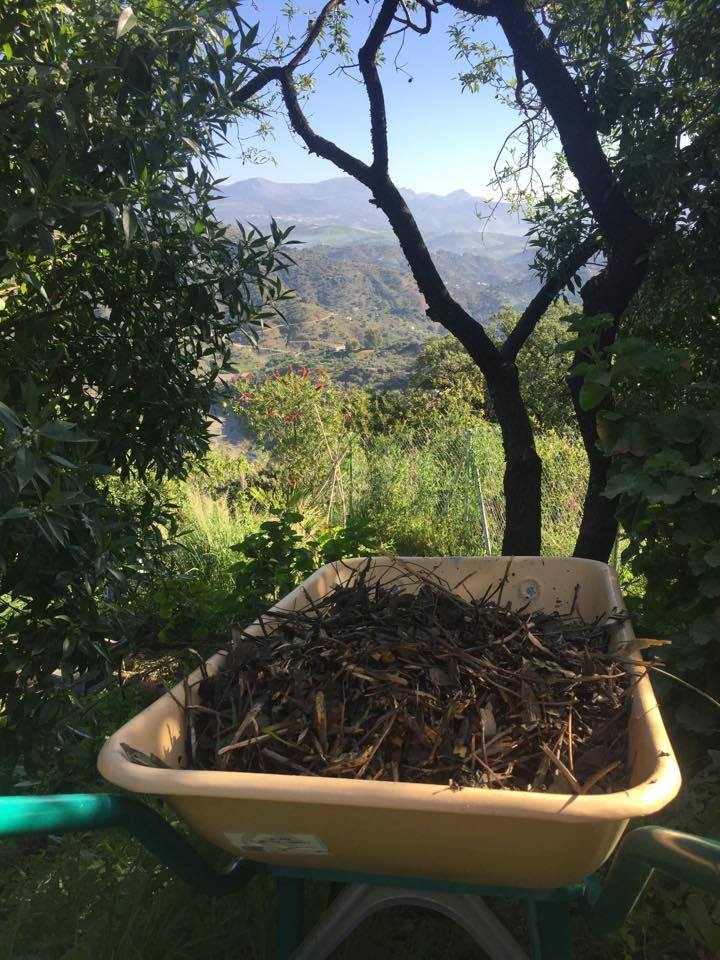
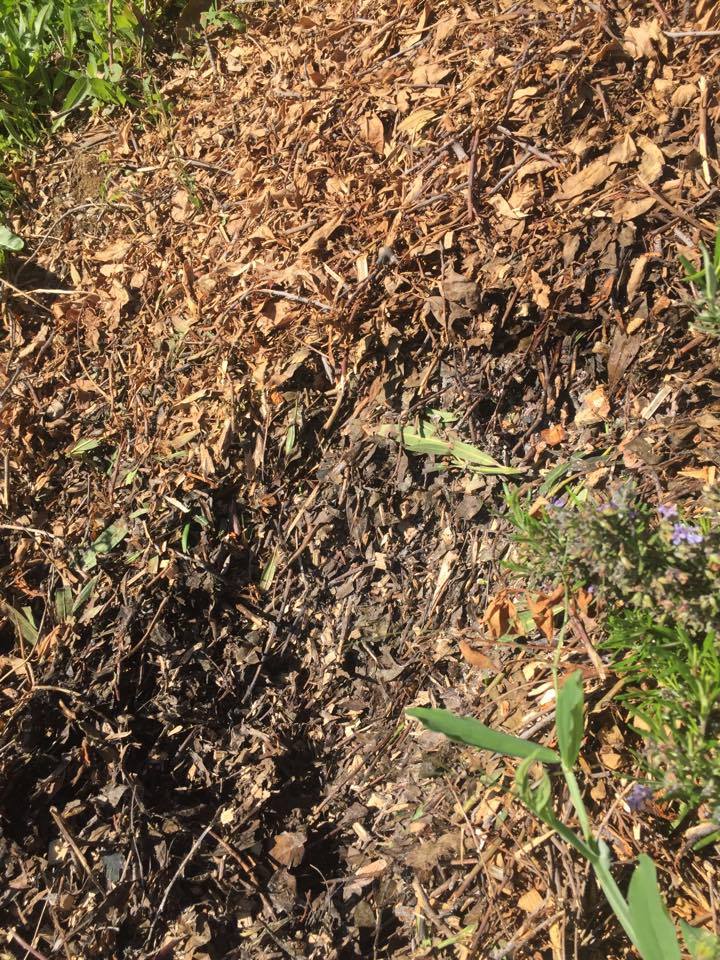
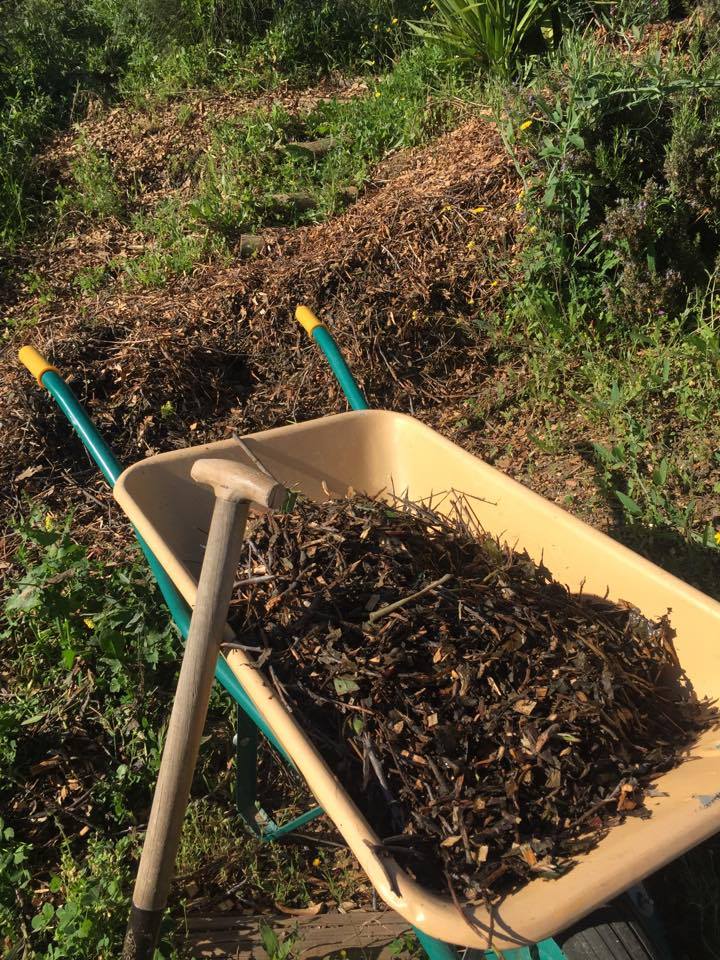
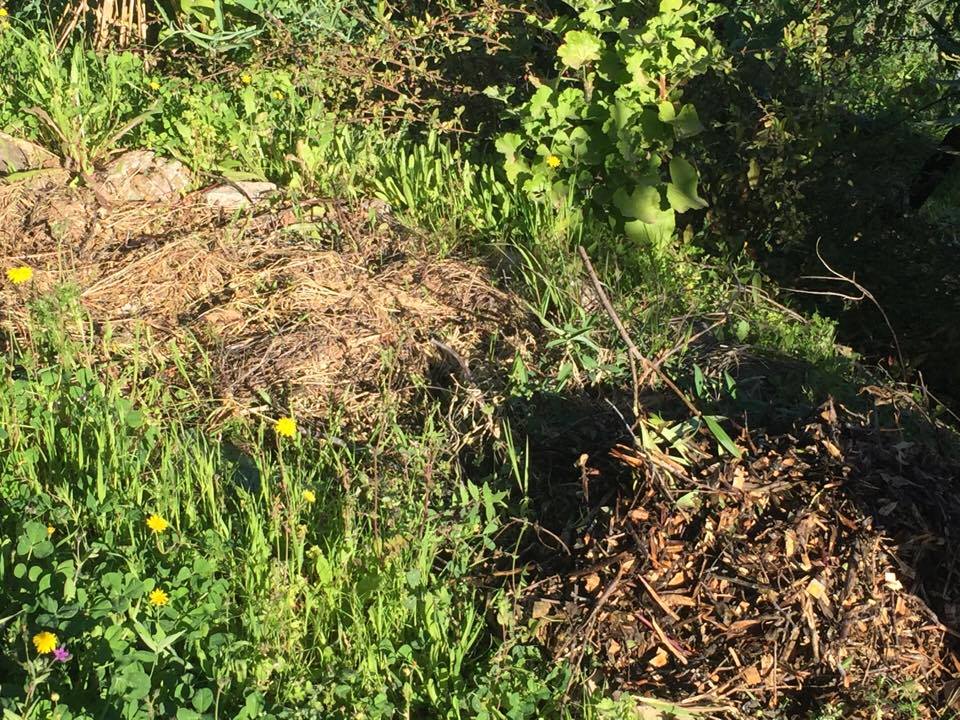
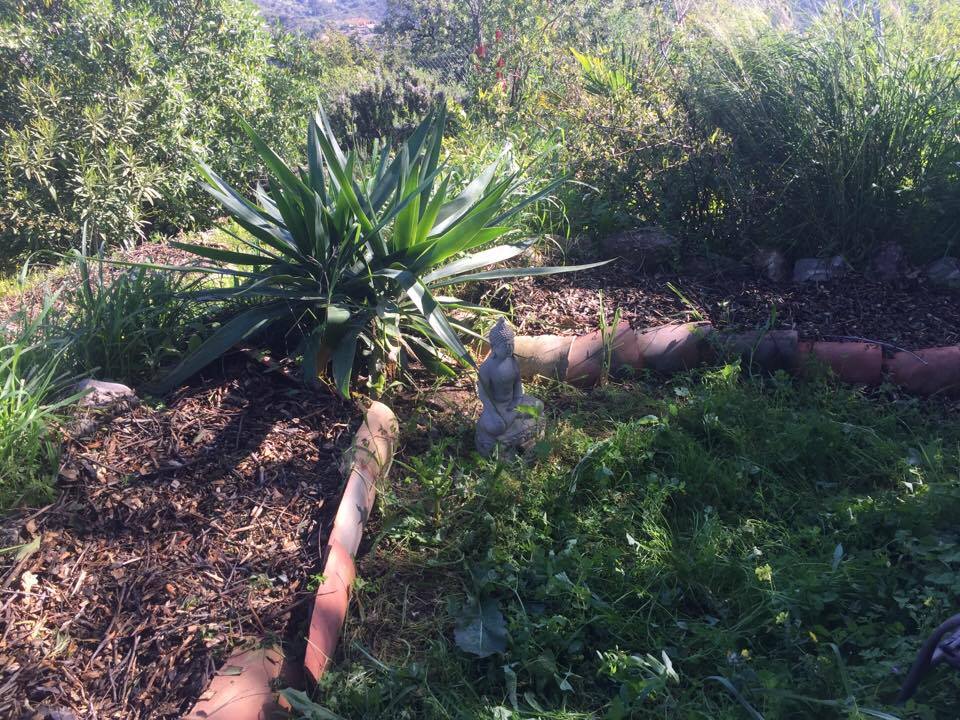
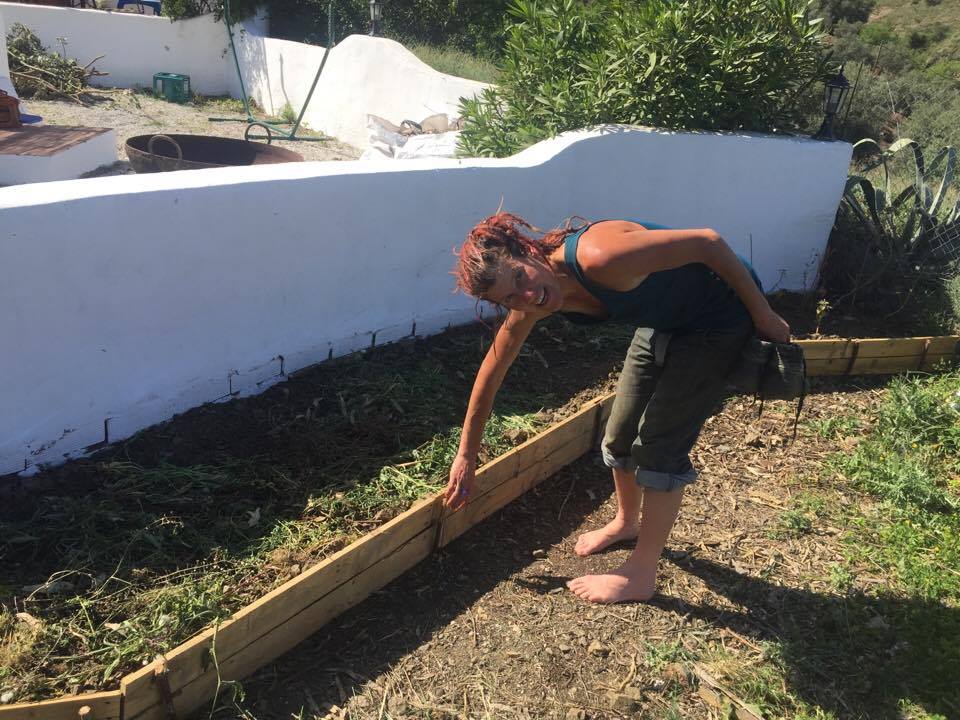
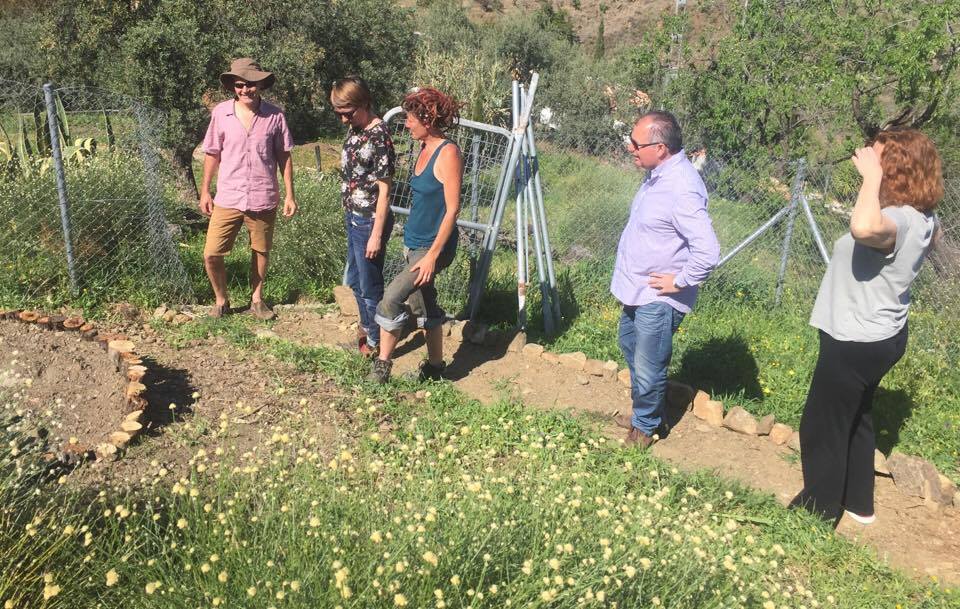
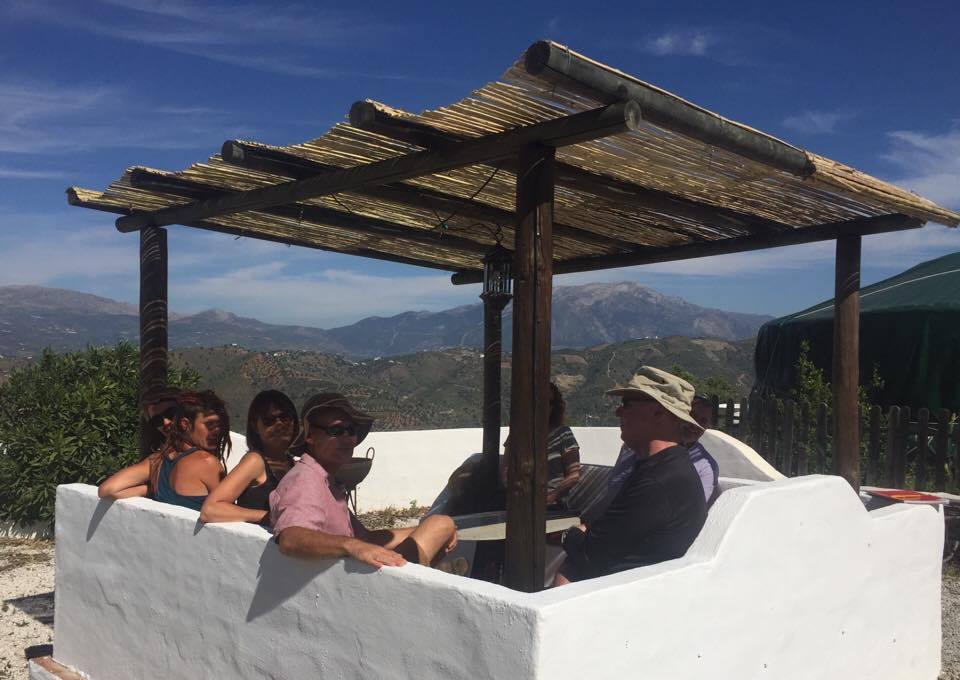

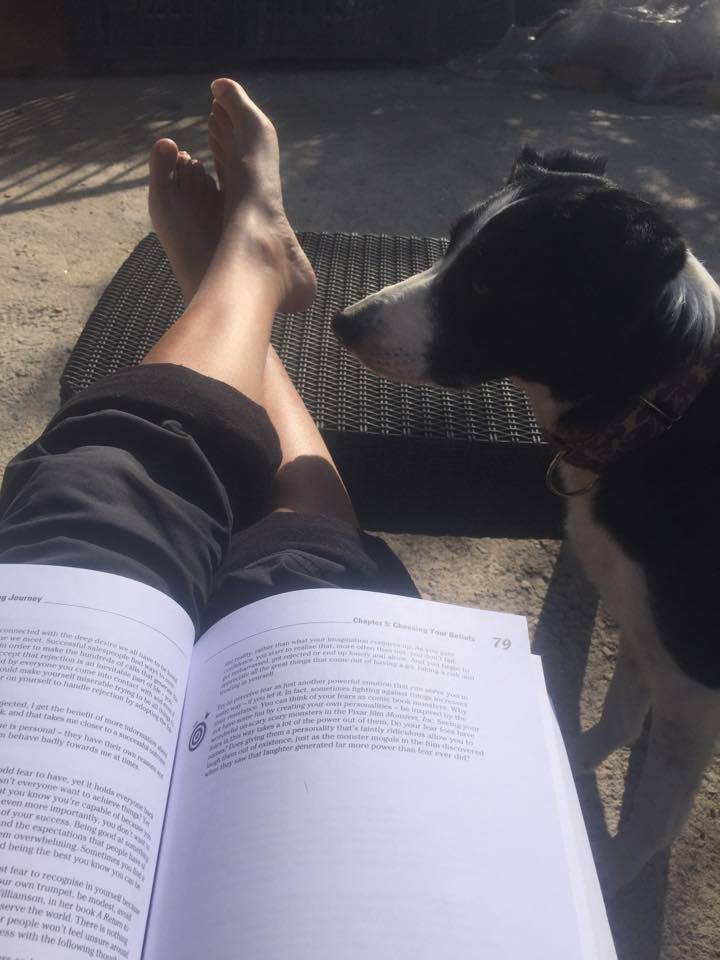
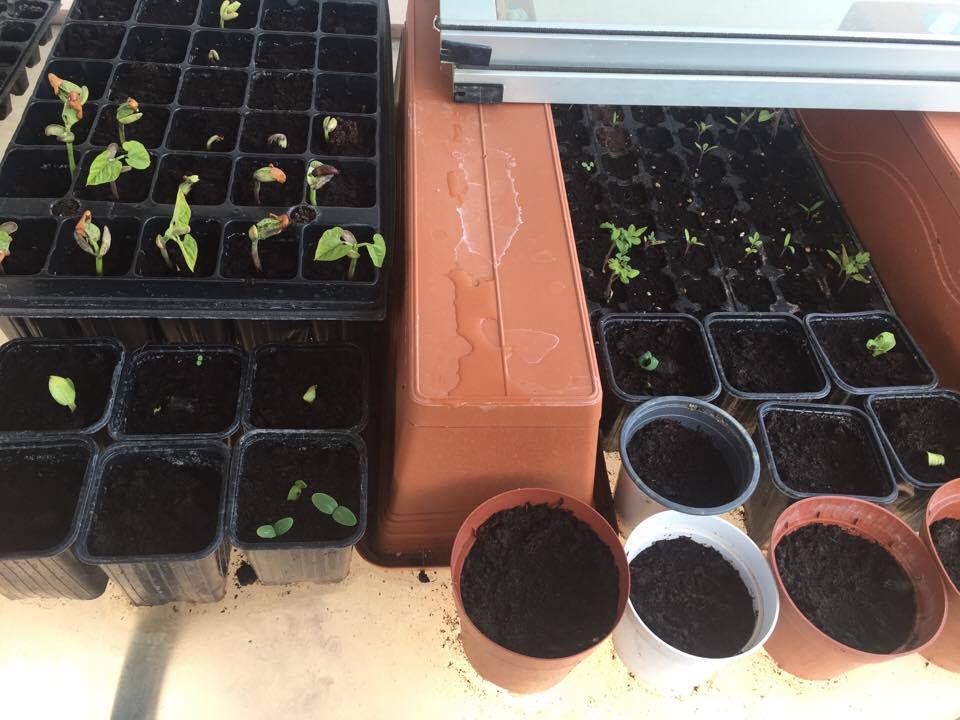
 RSS Feed
RSS Feed